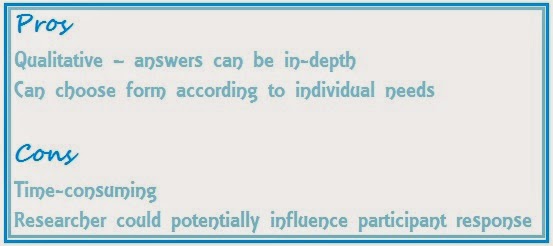Embodied Art
During the 1960’s female artists used body art, or embodied
art, to contribute to feminist thought and theory, raising questions of the
relationship between the body and the artist, and what does it mean for female
artists to foreground the female body?
Meat Joy - Carolee Schneeman
Image Source: TheCultureTrip.com
Image Source: TheCultureTrip.com
Carolee Schneeman’s ‘Meat Joy’ is a Bacchanalian, assaultive
work; a collage of images assembled from a dream of eroticism in a comingling
of materials recalling flesh and fine art. I read this work as an attempt to
foreground the female body, and as a critique of the place and power of women:
the female performers in the work are manipulated by the male performers, their
bodies are moved and placed, and their attempts at independent movement are
often curtailed or covered. The only female actor allowed autonomy, outside of
male action, is the one classified as ‘Serving Woman’, who performs gendered
actions - such as food preparation and tidying the performance area - suggesting
that this arena, that of the helper, is the only space in which women are
permitted action.
Word associations with Meat Joy
Another of Schneeman’s pieces, ‘Eye/Body’, questions the
line between art and pornography, indulgence and self-indulgence, and ownership
of the body when the artist is both creator and object. In Eye/Body Schneeman
takes control of the framing of her explicit body, performing a
re-appropriation of her gendered form from an object for consumption to an
active participant challenging the Eye/I binary. The art/ist is installed as
installation, and the ability to ‘look back’ (the I/Eye) from the art (the body) challenges the viewer
by presenting the body as something that is literally inscribed by conventions
of art (Schneeman paints her body as canvas) and society (she adheres to
conventional ideals of beauty).
Eye/Body - Carolee Schneeman
Image Source: artsy.net
I do wonder, though, whether the stakes in the challenge would
be raised if the art/ist was not young, conventionally beautiful, white and
able-bodied.
Cut Piece - Yoko Ono
Image Source: moma.org
In Yoko Ono’s ‘Cut Piece’ the artist sits passively while
audience members are permitted to approach and use scissors to cut pieces from
the artists clothing. I deliberately chose not to use gendered pronouns here,
as Ono stated, in her provocation for the piece, that anyone could perform this
work. And, indeed, it has been re-enacted by many people, and by Ono herself:
each time it is performed the comment, and commentary, is changed by context.
The challenge is raised by the performer, and the audience are allowed to
literally take away what they want from the work. Ono posed this piece as a
destruction of the artists ego, and the inability to impose a singular interpretation,
however it can be, and has been, read in a multiplicity of ways.
Context changes commentary
When a female artist foregrounds the manipulation of their own body within the creation of art, a whole host of conflicts are opened up to debate. The control of the gendered body had, art-historically, been in the possession of male artists, and for women to not only acknowledge themselves as the object but also the artist challenged the authority of ownership over art and bodies, in a direct conversation with concurrent political movements.
The conversation continues today, but I question whether the explicit female body still has this societal power?








Comments
Post a Comment